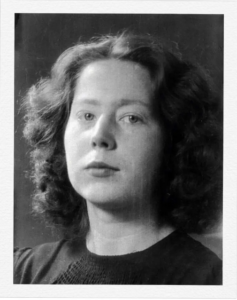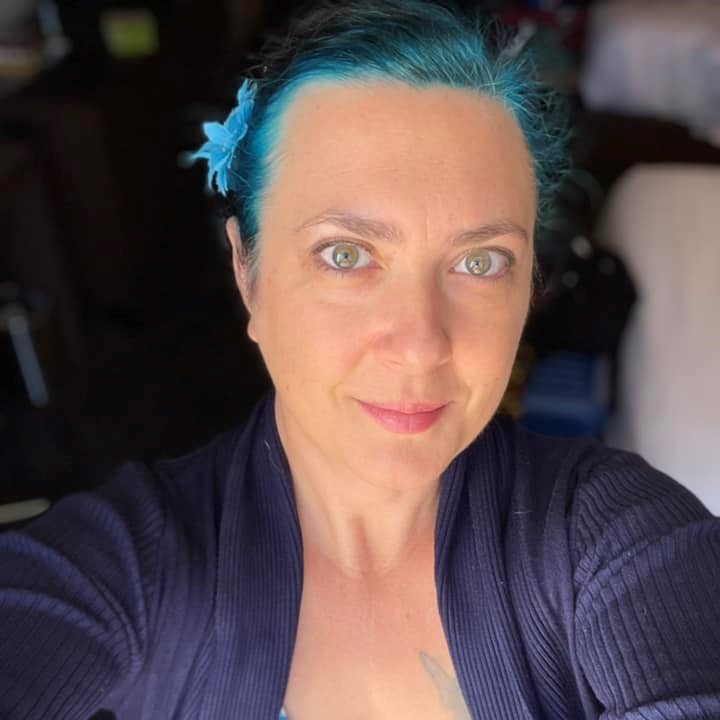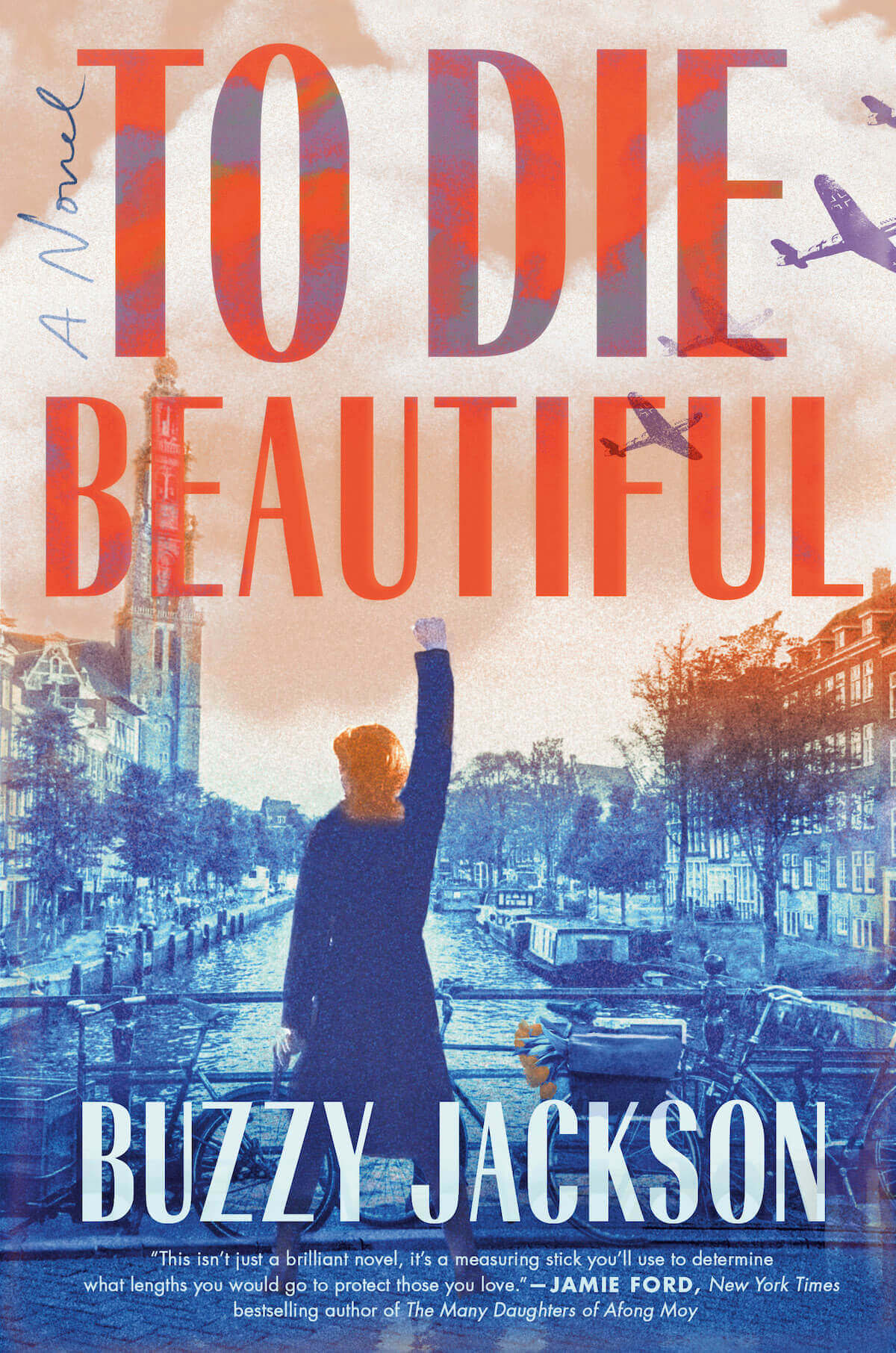Dangerous, driven and determined—what it took to fight back
A review of historical novel To Die Beautiful
A review of historical novel To Die Beautiful
The Holocaust has been recounted innumerable times over the decades since World War II ended, but tales remain to be told. To Die Beautiful, by Colorado author Buzzy Jackson, seeks to chronicle, in the form of historical fiction, the lesser-known women of the Dutch Resistance who bravely fought against the Nazis. It is a powerful exploration of morality and mortality, at various times sweet and cruel, taking an unflinching look at horrors committed both in the name of power and in the name of peace.

Hannie Schaft: Photo courtesy of Wikimedia Commons
The book opens in an already Nazi-occupied Amsterdam, where Hannie Schaft is a law student. Two of her closest friends at the University of Amsterdam are Jewish, though Hannie herself is not. She doesn’t entirely understand fears they’ve expressed, but she knows something is off and seeks out ways to help.
The Nazi occupation of The Netherlands was especially insidious because it was a slow process, with assurances that everything would be okay for Dutch citizens. Fear crept in gradually through whispers of people disappearing, from next door neighbors to doctors who had been sent on sudden trips. Ubiquitous yellow stars and Nazi soldiers became everyday sights in public. High profile Jewish citizens felt certain they would be safe, though the country’s leaders had fled to safer havens in Europe and left their people behind to deal with the invasion. The small Dutch military had disbanded. Food and supplies were heavily rationed, but life went on as close to normal as possible with an occupying force taking control.
In the face of all this, Hannie decides to assist the local refugee alliance, a group of mostly older women helping primarily Polish and German Jews who have fled to the city. Her volunteerism leads to more complicated jobs and secret meetings. Signs of the resistance start popping up around her, and when she hears rumblings that something far more sinister than she realized is happening, she develops a plan to get her friends out of Amsterdam and back home with her family in Haarlem. Spurred on by raids on the refugee alliance and the transfer of the nurse in charge of resistance efforts, Hannie steals IDs for her friends and takes them home, surprising her parents with two people to hide away. If discovered, it could spell death for all of them.

Author Buzzy Jackson
Even as her family hides her two Jewish friends in a back bedroom, Hannie finds herself drawn deeper into the resistance, accepting increasingly dangerous assignments. Soon she discovers that sometimes fighting back against monsters means committing monstrous deeds. She keeps her actions secret from her family, telling them she’s being safe, that her actions are minor. Ultimately, she becomes the monster under the Nazi bed, “the girl with the red hair.” They whisper about her, issuing warnings and seeking her out. No longer a student, Hannie, as depicted by Jackson, is dangerous, driven and determined to do everything in her power to fight back. And now she’s being hunted by the enemy, even as she tracks them down one by one.
Hannie finds friendships alongside her missions, and in the middle of a nightmarish situation, she also finds love and companionship. Despite atrocities being committed by both sides, she enjoys her work, sometimes throwing herself heedlessly forward. She’s 19 at the beginning of the story, a student with her whole life ahead of her, but war necessitates changes not only to her plans but to herself if she’s to have any chance at success and survival.
Buzzy Jackson, a Berkeley graduate, resides in Colorado. She has previously published award-winning nonfiction books, but in To Die Beautiful she uses her Ph.D. in history, along with deep research, to flesh out a fictionalized version of a real-life woman who gave everything she could to fight back against the Nazi regime to save her loved ones. Jackson’s execution is flawless; her characters are real and the book’s pacing is smooth. She brings Hannie Schaft to life and has the reader rooting for her and her band of resistance fighters. This is an inspiring story of the power inherent in the selfless desire to save others and the constant battle of maintaining one’s identity and morality in times of strife.
To Die Beautiful, a Colorado Book Award winner for historical fiction and National Jewish Book Award finalist, is at once exquisite and ghastly. The book takes a nuanced look at levels of evil and the price of resistance. At the same time, it shows that life never stands still and that things happen despite one’s best efforts otherwise. When one small slip-up can mean death, every detail matters and mistakes are easy to make. While many stood by, and others gave in and worked with the enemy, the brave few fought back with no thought for their own lives, many of them dying in the process, along with three-quarters of the Jews in Holland, murdered in the Holocaust. To Die Beautiful leaves us with the difficult question: How can one fight monsters without becoming monstrous?
A fan of all things fantastical and frightening, Shannon Lawrence writes primarily horror and fantasy. Her short stories can be found in over 60 anthologies and magazines in addition to her horror short story collections. Her nonfiction title, The Business of Short Stories, and debut urban fantasy novel, Myth Stalker: Wendigo Nights, are available now. You can also find her as a co-host of the podcast Mysteries, Monsters, & Mayhem. When she's not writing, she's hiking through the wilds of Colorado and photographing her magnificent surroundings, where, coincidentally, there's always a place to hide a body or birth a monster. Find her at www.thewarriormuse.com.
Click here for more from Shannon Lawrence.

